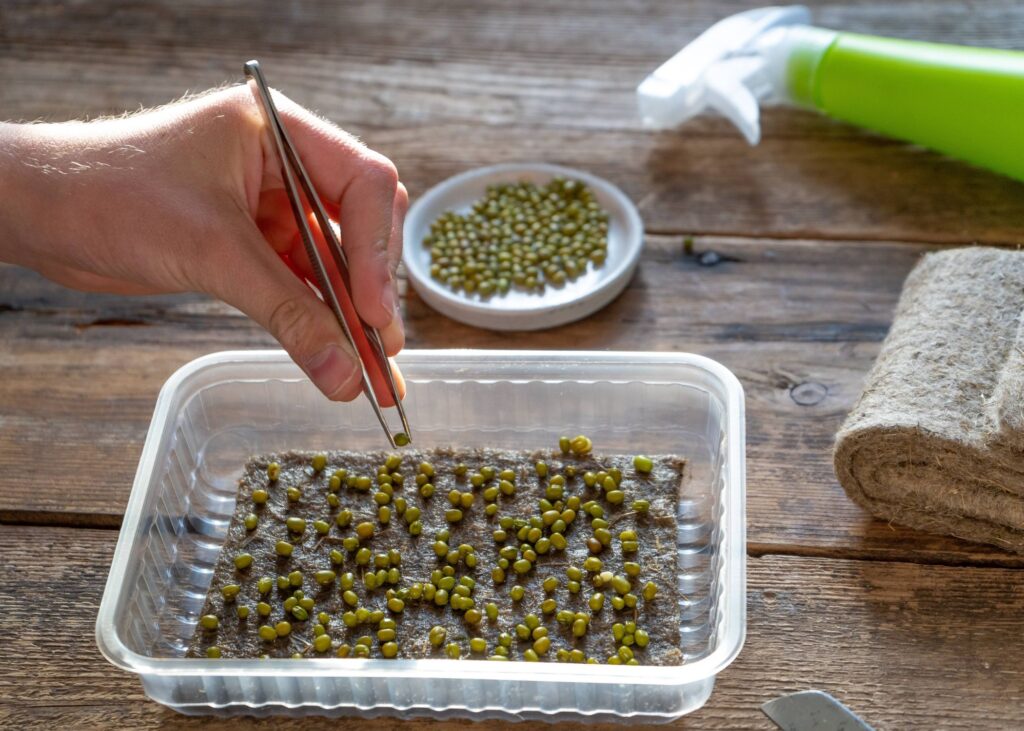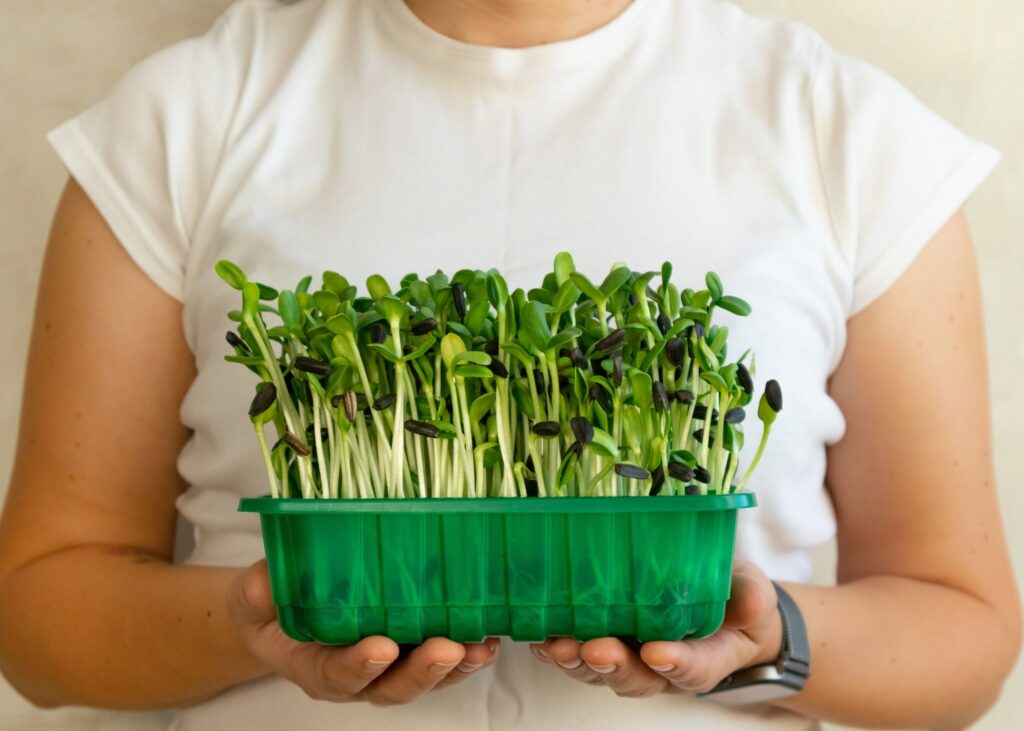
Spring Garden and Soil
Soil and climate are two important factors that can have a significant impact on spring gardening. The temperature of the soil is an important factor in determining when to start planting your spring crops. If the soil is too cold, it can slow down germination and plant growth. Soil that is too wet can also cause problems, as it can prevent air from reaching the roots and cause rotting. It is important to wait until the soil has warmed up and dried out sufficiently before planting.
Different soil types can have different nutrient levels and drainage capacities. Some plants prefer well-drained soil, while others prefer soil that retains more moisture. It is important to understand your soil type and adjust your planting and watering practices accordingly.
Climate can affect the timing of planting and the types of plants that can be grown in your garden. For example, if you live in a colder climate, you may need to wait longer to plant your spring crops, or choose crops that are more cold-tolerant. In warmer climates, you may need to provide shade or water more frequently to prevent heat stress.
Spring weather can be unpredictable, with periods of heavy rain or drought. Excessive rain can cause soil erosion, while drought can cause plants to wither and die. It is important to monitor precipitation levels and adjust your watering practices accordingly.
Soil and climate can also affect the prevalence of pests and diseases in your garden. Some pests and diseases thrive in damp, cool soil, while others prefer hot and dry conditions. It is important to monitor your garden for signs of pests and diseases and take appropriate action to prevent or treat them.
Cleaning up Your Spring Garden
Cleaning up your garden for spring is an important task to ensure your garden is ready for planting and growing season. Clear the planting area of any weeds, rocks, and debris that may have accumulated over the winter months. This will help to provide a clean, healthy growing environment for your plants.
Prune back any dead or damaged branches from your perennials to encourage new growth and make your plants look their best in the spring. Removing any annual plants that did not survive the winter will help make room for new plants in the spring.
Clean garden beds and remove any weeds, dead leaves, or other debris. Rake the soil to loosen any compacted soil and remove any rocks or other debris. Spread a layer of compost over your garden beds to improve soil fertility and add nutrients to the soil.
Finally, inspect your garden tools and clean them before storing them away for the winter. Sharpen any dull blades and replace any worn parts. By taking these steps to clean up your garden in the spring, you’ll be setting yourself up for a successful growing season.
How to Prepare for Your Spring Garden
Spring is a great time to start planting in the garden, but it is important to prepare properly to ensure that your plants have the best chance of success. By taking these steps to prepare for planting in the spring, you can help ensure that your garden gets off to a strong start and produces a bountiful harvest.
Clear the planting area of any weeds, rocks, and debris that may have accumulated over the winter months. This will help to provide a clean, healthy growing environment for your plants.
Testing your soil will help you understand the nutrient content and pH level, allowing you to make adjustments as needed. You can buy a soil test kit or send a sample to a lab for analysis.
Adding compost or other organic matter to your soil can help to improve soil structure, fertility, and moisture retention. Work the organic matter into the soil a few weeks before planting.
Decide which crops you want to plant and plan the layout of your garden accordingly. Consider factors such as sunlight exposure, spacing, and companion planting. Some crops, such as tomatoes and peppers, benefit from being started indoors several weeks before planting outside. This allows them to get a head start on growth and can improve their chances of success.
Order or purchase your seeds and plants well in advance of planting time to ensure that you have everything you need when the time comes. Make sure you have all the necessary tools on hand, such as shovels, hoes, and watering cans.

Benefits of Trimming and Pruning
When trimming and pruning, it is important to use the right tools and techniques to avoid damaging your plants. Trimming and pruning can be beneficial to your spring garden in several ways.
Regular trimming and pruning can help to promote healthy growth by removing dead or damaged branches and encouraging the growth of new shoots. Trimming and pruning can help to increase air circulation around your plants, reducing the risk of disease and pests.
Trimming and pruning can help to improve sunlight exposure to your plants, which can increase their growth and productivity. This routine maintenance can help to control the size and shape of your plants, ensuring that they fit into your garden space and don’t become too overgrown.
Some plants, such as fruit trees, require pruning in order to encourage fruiting. By removing excess branches, you can help to redirect the plant’s energy towards producing fruit.
10 Best Flowers to Include in Your Spring Garden
These flowers are all easy to care for and will add color and beauty to any spring garden.
| Flower | Type |
| Daffodils | Daffodils are a popular spring flower with bright yellow or white blooms. They are easy to grow and add a pop of color to any garden. |
| Tulips | Tulips come in a variety of colors and sizes, making them a versatile addition to any spring garden. They are also very easy to care for. |
| Hyacinths | Hyacinths are known for their strong fragrance and colorful blooms. They come in a range of colors and can be planted in garden beds or containers. |
| Crocuses | Crocuses are one of the earliest spring flowers to bloom, often popping up even when there is still snow on the ground. They come in shades of purple, yellow, and white. |
| Irises | Irises are a classic spring flower with elegant, spiky blooms. They come in a range of colors and can be grown in garden beds or containers. |
| Lilacs | Lilacs are known for their sweet fragrance and delicate blooms. They come in shades of purple, pink, and white and can grow as shrubs or small trees. |
| Primroses | Primroses are a small, delicate spring flower with blooms in shades of pink, yellow, and white. They are great for planting in borders or containers. |
| Pansies | Pansies are a popular spring flower with blooms in shades of purple, yellow, orange, and blue. They are often used in container gardens or planted in garden beds as a border. |
| Peonies | Peonies are known for their large, fragrant blooms in shades of pink, white, and red. They can be planted in garden beds or containers and are relatively easy to care for. |
| Bleeding Hearts | Bleeding Hearts are a unique spring flower with heart-shaped blooms in shades of pink and white. They are great for adding a touch of whimsy to any garden. |


